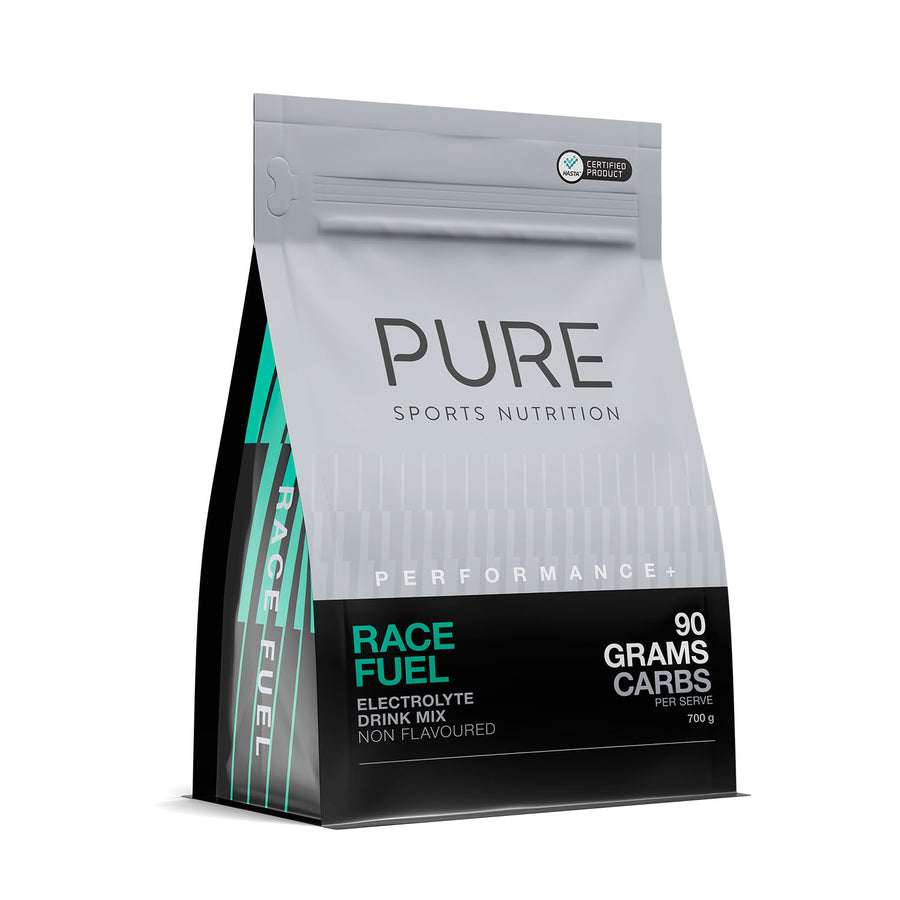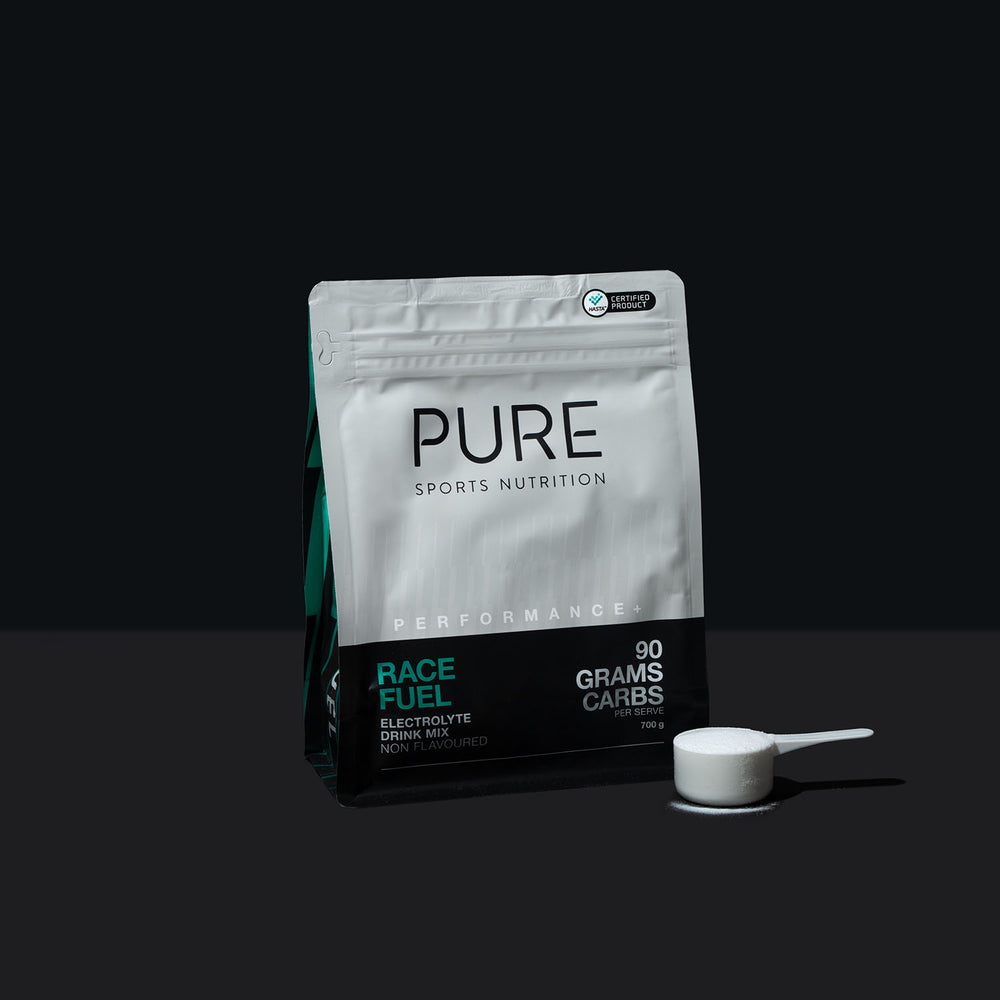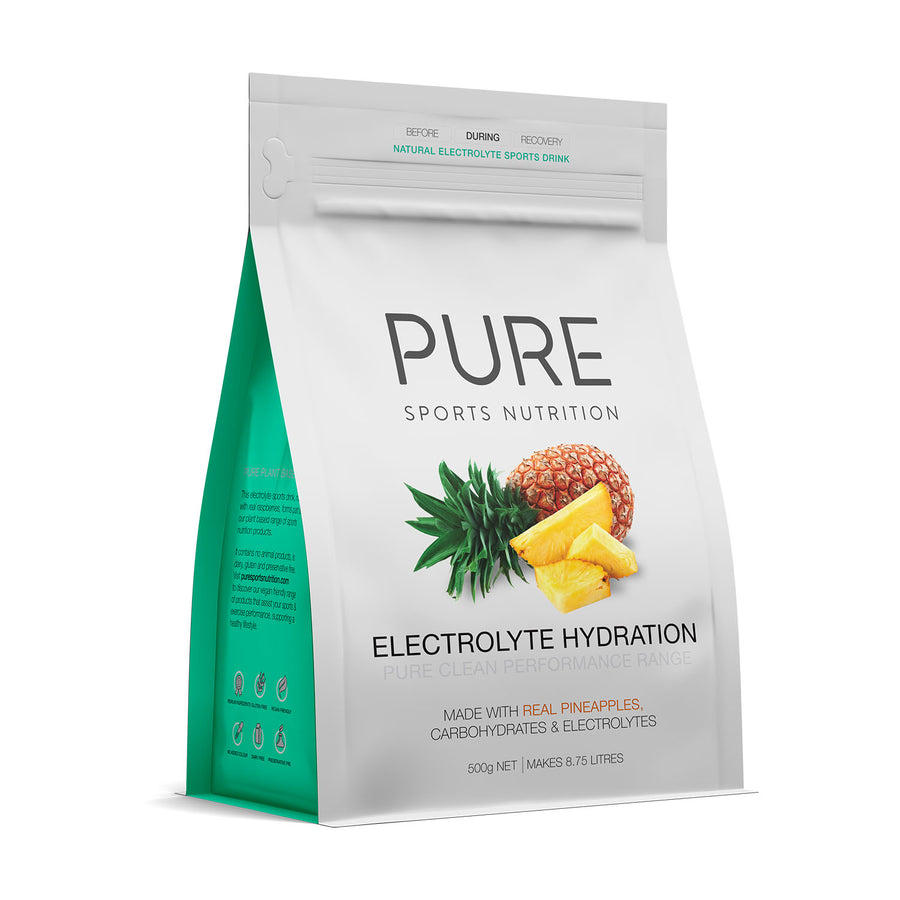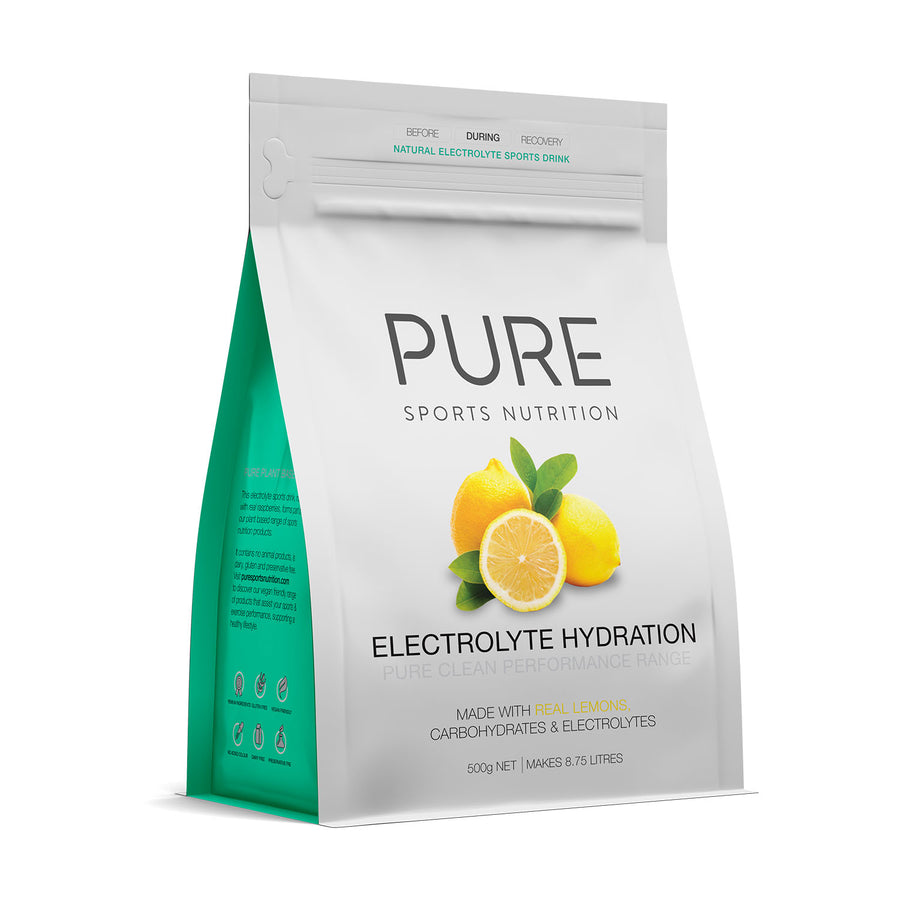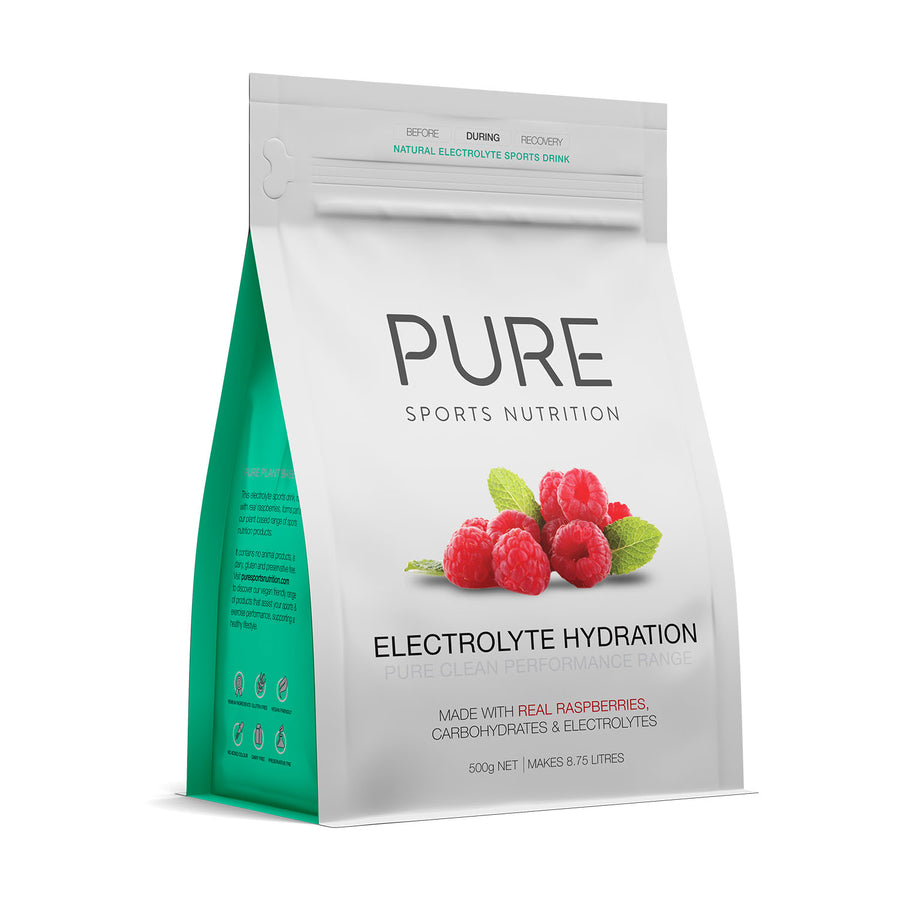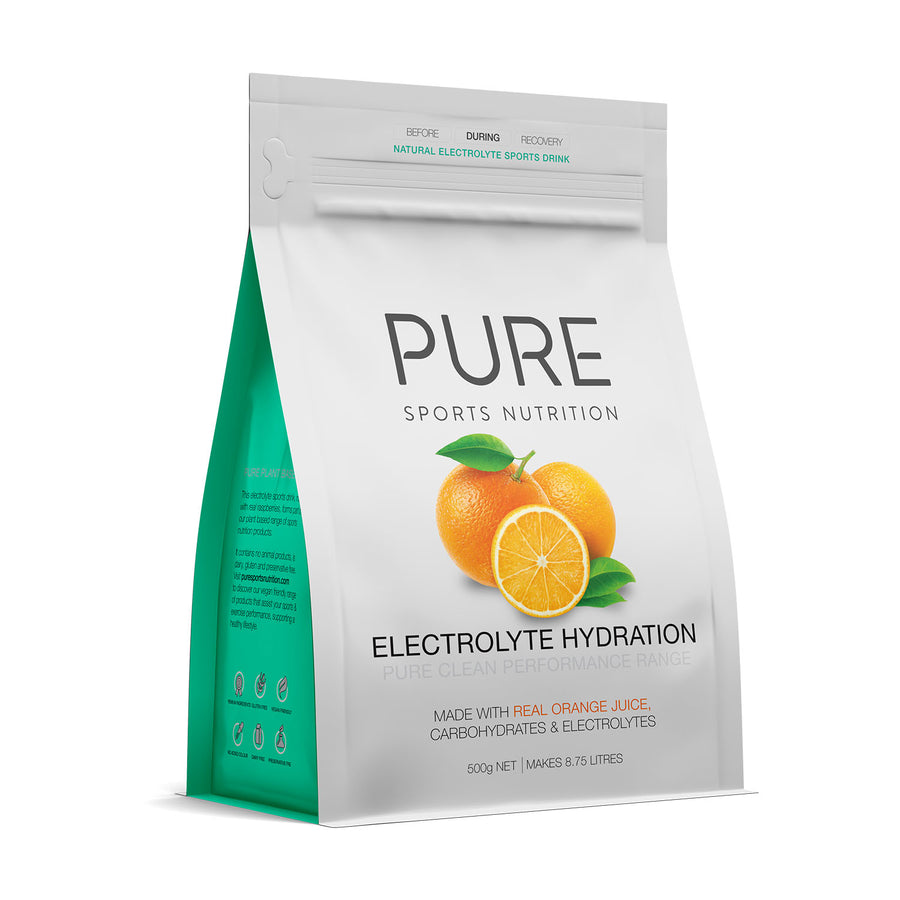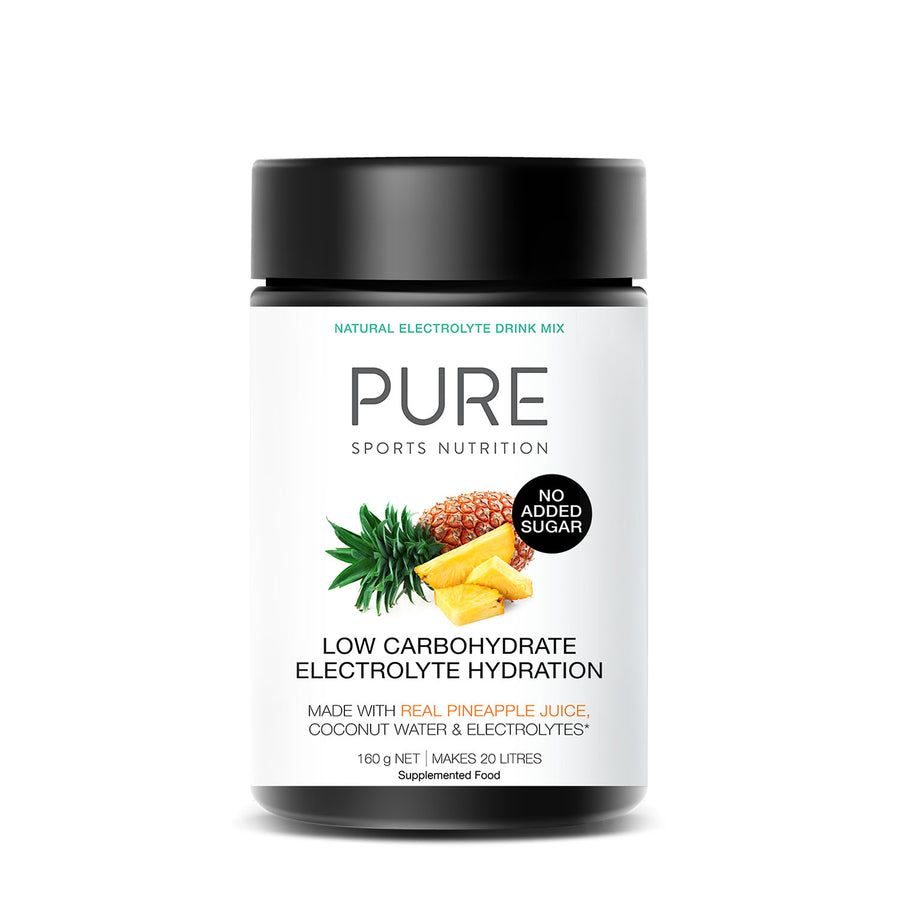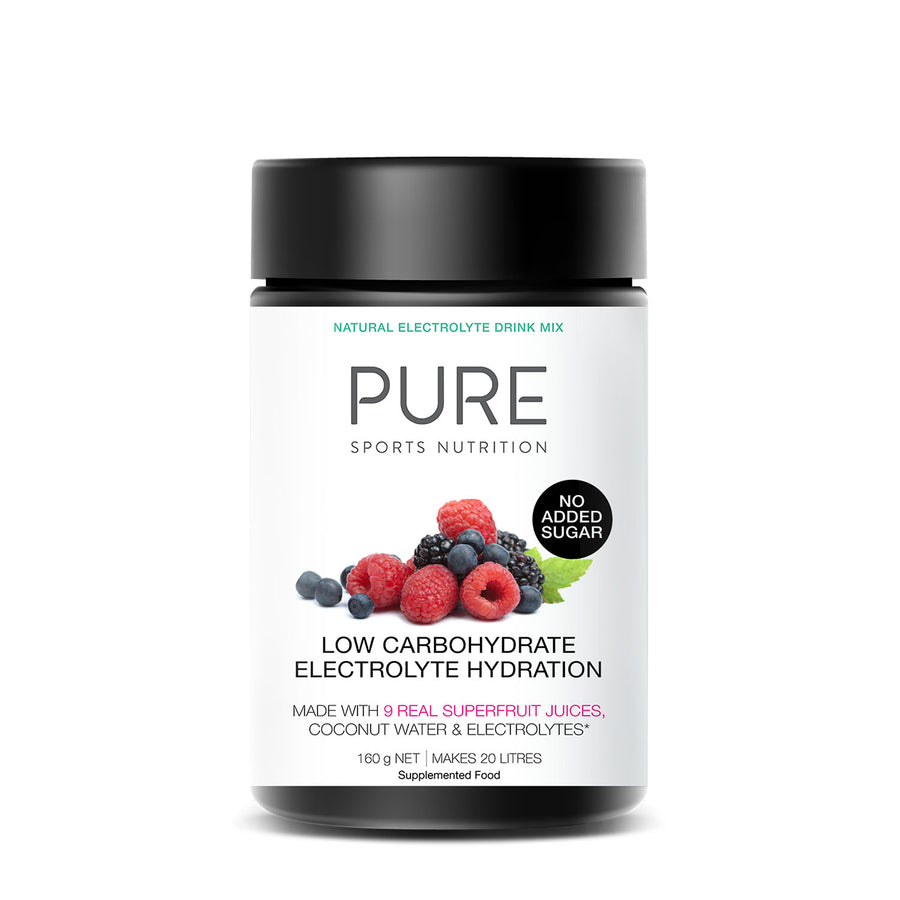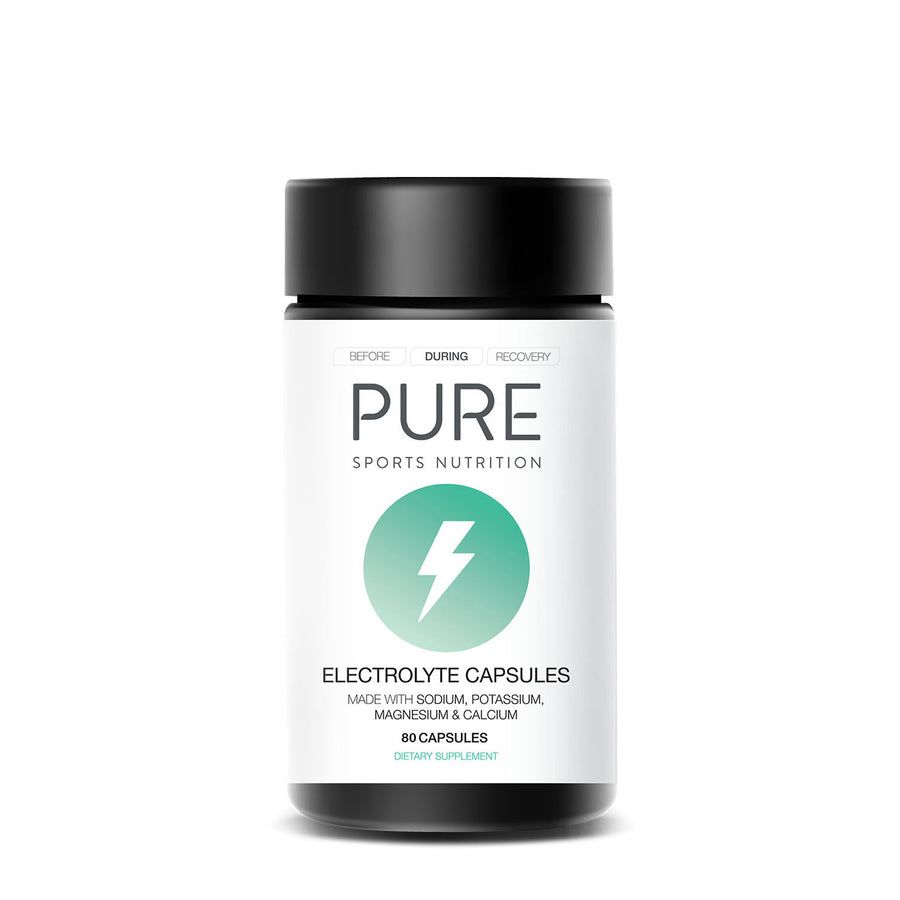
Trail Run Nutrition
Fuelling your body correctly is essential when preparing for the demands of trail running, where the challenges of varied terrain and unpredictable conditions can push your limits. Whether you're tackling a local trail or gearing up for an ultra-endurance event, the key to success lies in your nutrition strategy. Wild Things and PURE Sports Nutrition are here to help you navigate the complexities of sports nutrition so you can make sure you power all the way through your trail run.
Trail running is not just about strength and endurance; it’s also about knowing how to fuel your body over extended periods. While your body typically has enough energy reserves to sustain you for 60-90 minutes of exercise, longer runs require a strategic approach to meet increased energy and hydration demands. Without proper preparation, these demands can quickly turn into challenges that impact your ability to perform and enjoy your run.
Marewa Sutherland, Sports Nutritionist and Co-founder of PURE Sport Nutrition has compiled some practical tips to help you train and race with optimal nutrition. These guidelines are designed to help you practice and refine your fuelling strategy, ensuring that you’re ready to conquer whatever the trail throws at you.
Feed Early and Frequently
Determine your hourly fuel needs and distribute them evenly throughout each hour. This method ensures you meet your energy requirements while providing a steady stream of fuel to avoid stomach upsets. For more details on calculating your hourly nutrition needs, read our related article: A Runner's Guide to Nutrition. To read more on calculating your hourly nutrition needs, read our related article: A Runner's Guide to Nutrition
Know Your Limits
On long trail runs, quantity matters just as much as quality. You might be able to tolerate a certain gel in small amounts, but after consuming 12 of them, the story might change. Use your long training runs to discover any upper limits for your chosen fuels, ensuring that what works at the start still works hours later.
Practice Eating and Drinking While Running
Fueling on the go can be challenging, especially for beginners, but it’s a skill that can be learned with patience and practice. A hydration pack is an excellent tool for learning how to sip fluids while running. Cut up your food into small, easily accessible portions, so you can eat regularly without breaking your stride. A handy tip: set an alarm every 5-10 minutes to remind you to eat and drink consistently.
Understand Your Carbohydrate Requirements
Carbohydrate needs vary from person to person, making it difficult to offer general advice. If possible, consult a qualified nutritionist to develop a personalised plan. Ultra-endurance athletes may require up to 90g of carbohydrates per hour, which should come from various sources to enhance absorption. Real food, gels, sports drinks, and other supplements can all contribute to your carbohydrate intake. As always, practice in training to ensure your body can handle these amounts. For more on carb requirements, read this related blog: Training Nutrition Nutrition Guide
Stay Hydrated
Aim to lose no more than 2% of your body weight through sweat during your runs, as exceeding this can lead to fatigue and other issues. Weigh yourself before and after long runs to monitor your hydration status. Your chosen fluids should contain sodium and electrolytes to replace sweat losses and avoid hyponatremia (low sodium levels caused by excessive drinking). During hot conditions, pre-cool your hydration pack overnight to help keep your core temperature down.
Incorporate Protein
Long-distance running leads to protein breakdown, so consider adding fast-absorbing protein to your fuel, whether in your food or hydration choices.
Practice Race Day Nutrition in Training
This is the golden rule for trail running nutrition, especially for ultra-endurance events. Your training runs are the perfect opportunity to test how your body responds to different foods, gels, and hydration strategies. Nothing should be new on race day, so experiment with what you plan to use during the event. Research the nutrition available on the course and ensure it works for you—or plan to bring your own replacements.
Plan Your Training Around Race Day Conditions
Study the course terrain, aid station locations, and likely weather conditions to ensure your training aligns with race day challenges. If you rely on aid station nutrition, practice refueling at these intervals during your training runs. For hilly races, you may need higher energy intake, and in warmer temperatures, increased sweating rates will raise your hydration needs.
Prioritise Recovery
Recovery is just as important as the nutrition during the run itself. Focus on rehydration, carbohydrate replenishment, and protein intake within 30 minutes of completing your run to help your body recover and get stronger for race day.
By integrating these tips into your training, you’ll be well on your way to a successful and enjoyable trail session.
